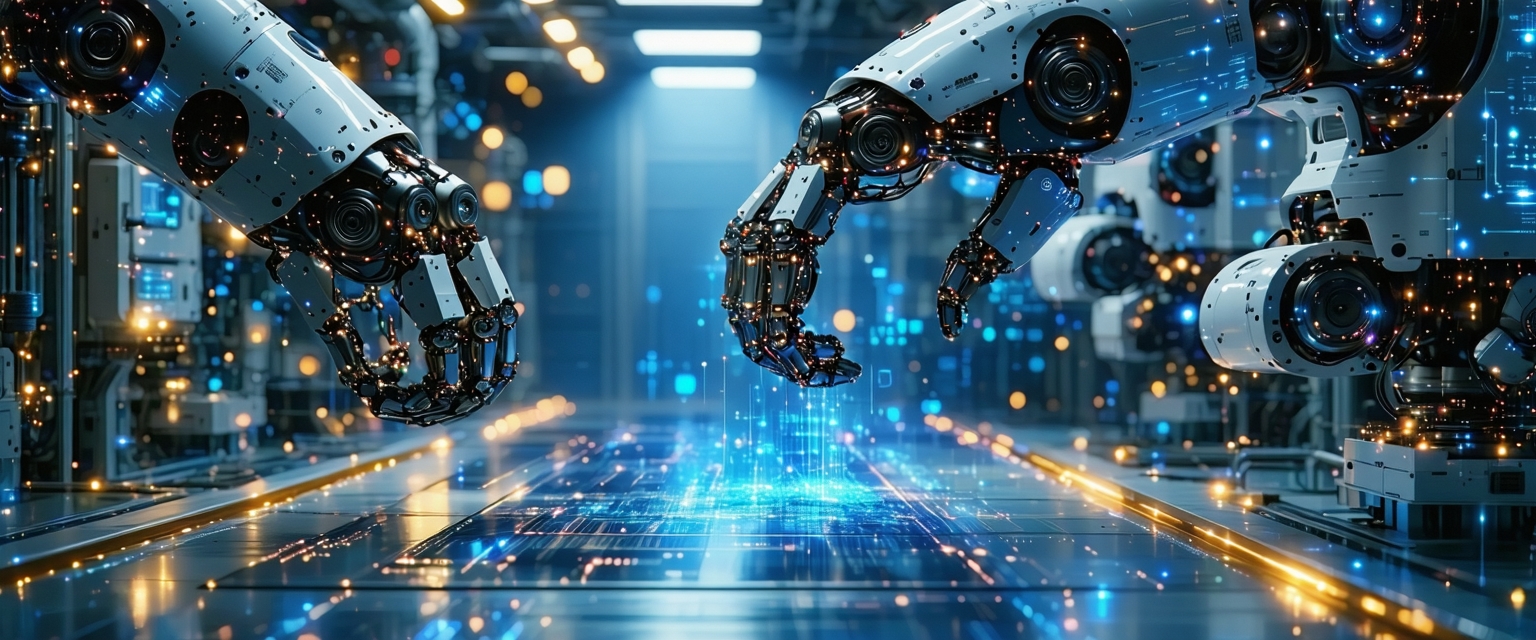






The field of robotics is experiencing explosive growth, driven by advancements in artificial intelligence, sensor technology, and computing power. This surge is transforming industries and prompting crucial discussions about the future of work, ethical considerations, and the potential societal impact.
Early robotics focused primarily on industrial automation, with large, specialized robots performing repetitive tasks in factories. The development of more sophisticated sensors, powerful microprocessors, and breakthroughs in machine learning have enabled the creation of robots with greater dexterity, adaptability, and intelligence.
This evolution has led to a wider range of applications, from surgical robots in healthcare to autonomous vehicles in transportation and collaborative robots (cobots) working alongside humans in various settings.
Recent breakthroughs include the development of more agile and versatile robots capable of navigating complex and unstructured environments. Advances in artificial intelligence are enabling robots to learn from experience, adapt to changing conditions, and make more autonomous decisions.
Soft robotics, which utilizes flexible materials to create robots with safer and more adaptable capabilities, also represents a significant advancement. This area focuses on creating robots that can interact more safely with humans and navigate delicate environments.
The International Federation of Robotics (IFR) projects continued strong growth in the robotics market. Their data indicates a substantial increase in robot installations across various industries.
Rodney Brooks, a renowned roboticist and founder of iRobot, has emphasized the importance of focusing on robots that can seamlessly integrate into human environments and collaborate effectively with people. (Source: Various interviews and publications by Rodney Brooks)
The widespread adoption of robotics presents both significant opportunities and potential risks. Opportunities include increased productivity, improved safety, and the potential to address labor shortages in various sectors.
However, risks include job displacement, ethical concerns surrounding autonomous decision-making, and the need for robust safety regulations to mitigate potential hazards. Future developments will likely focus on improving robot intelligence, expanding applications in new areas (e.g., healthcare, exploration), and addressing the ethical and societal implications.
“`